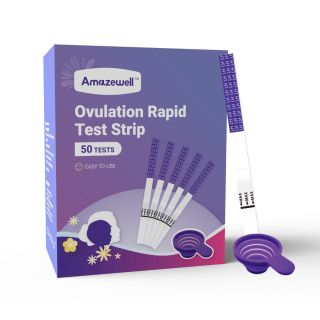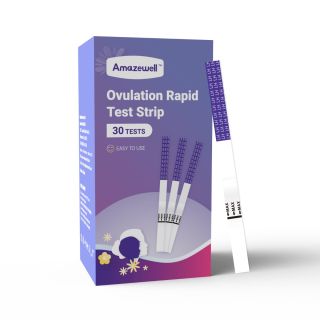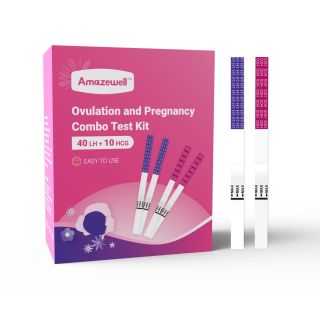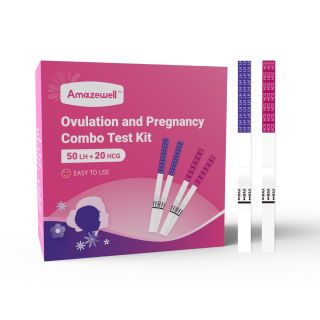LH Test Strip
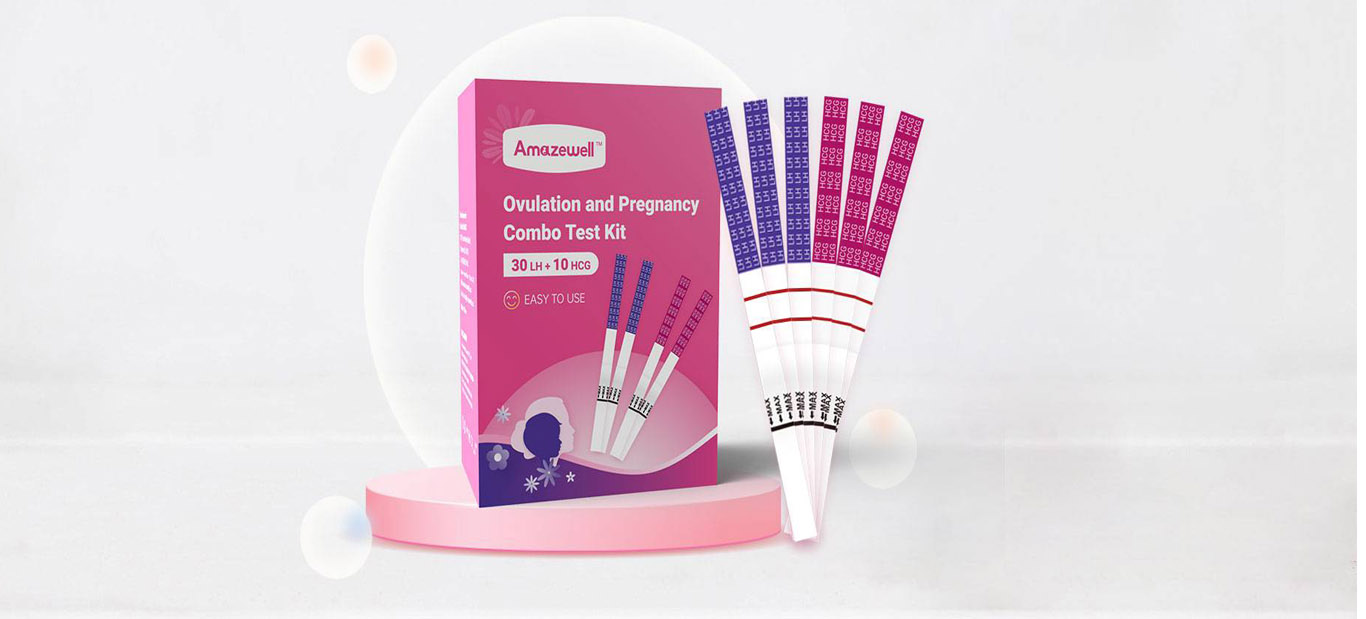
What is an LH Test Strip, and What is Its Purpose?
LH test strips are medical tools used to detect the level of luteinizing hormone (LH). Luteinizing hormone is an important hormone secreted by the pituitary gland, primarily acting on the ovaries in women to regulate the menstrual cycle and ovulation process. LH test strips help assess female fertility and endocrine health by measuring LH levels in urine or blood.
Functions of LH Test Strips
Monitoring Ovulation
The most common use of LH test strips is to help women monitor their ovulation period. During the menstrual cycle, LH levels surge 24-48 hours before ovulation, a phenomenon known as the "LH peak." By detecting the LH peak, women can accurately predict ovulation timing, thereby increasing the chances of conception. Therefore, LH test strips are an essential tool for women trying to conceive.
Assessing Endocrine Function
LH test strips can be used to evaluate women's endocrine health. For example, abnormal LH levels may indicate conditions such as polycystic ovary syndrome (PCOS), ovarian insufficiency, or other endocrine disorders. Healthcare professionals can use LH test strip results, along with other tests, to determine whether a woman's ovarian function and hormone levels are normal.
Aiding in the Diagnosis of Gynecological Diseases
In certain gynecological conditions, changes in LH levels may serve as early signs of disease. For instance, excessively high or low LH levels may be associated with infertility or menstrual irregularities. Through LH test strip detection, doctors can identify potential issues earlier and take timely intervention measures.
Scientific Family Planning and Contraception
For women planning to conceive, LH test strips can help accurately predict ovulation, increasing the likelihood of successful conception. For women not currently planning pregnancy, understanding their ovulation cycle can also aid in adopting scientific contraception methods.
How to Use LH Test Strips
Collecting the Sample
Urine is typically used as the sample for testing, although some test strips can also be used with blood samples.
Performing the Test
Dip the test strip into the urine sample or add a blood sample to the test strip, then wait a few minutes.
Reading the Results
Determine the LH level based on the color intensity or the number of lines displayed on the test strip. A darker color or more visible lines indicate higher LH levels.
Precautions for Using LH Test Strips
Follow the Instructions
Always read the instructions carefully before use to ensure proper operation and avoid errors.
Combine with Other Tests
The results of LH test strips should be interpreted in conjunction with other clinical symptoms and laboratory tests and should not be used as the sole basis for diagnosis.
Timing of Testing
To accurately capture the LH peak, it is recommended to start testing during a specific period of the menstrual cycle (usually around day 10 after menstruation) and perform the test at the same time each day.
Conclusion
LH test strips are a simple, fast, and effective tool primarily used to monitor ovulation, assess endocrine function, and aid in the diagnosis of gynecological diseases. Whether for women trying to conceive or those concerned about their health, LH test strips can provide valuable insights into their physical condition. Proper use of LH test strips can offer important references for women's health management.



